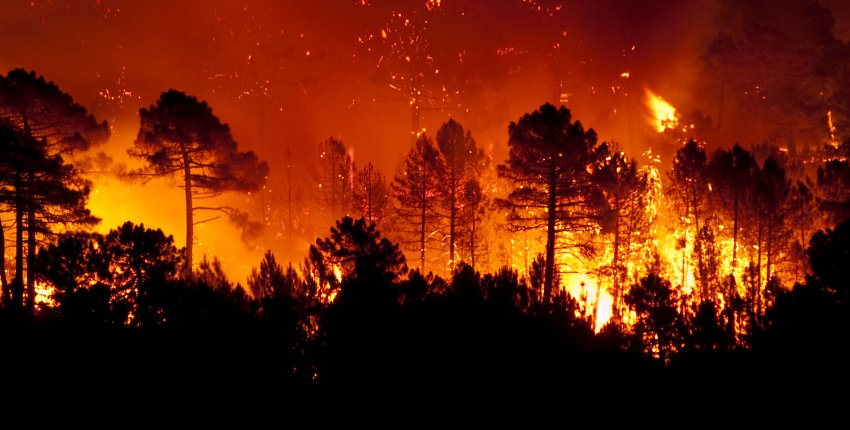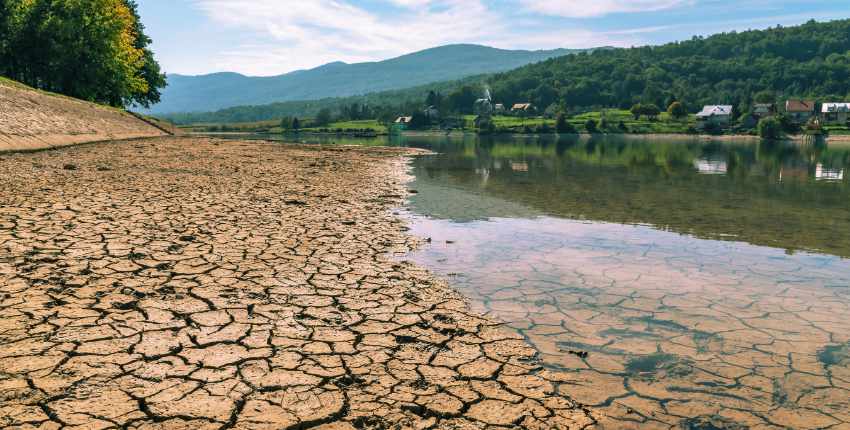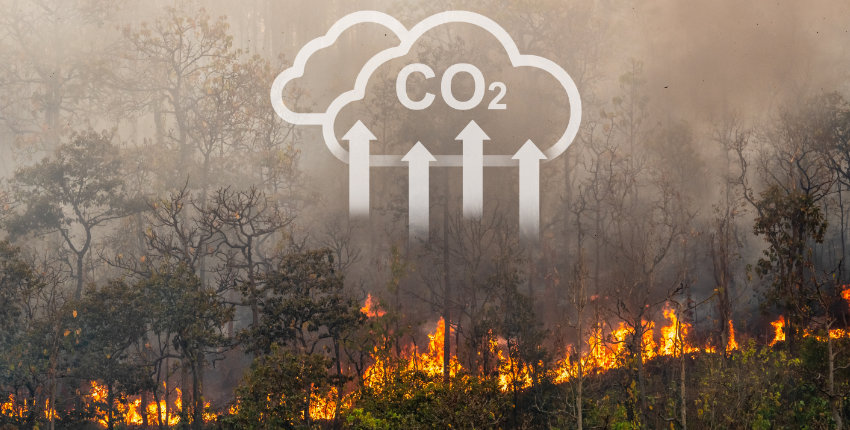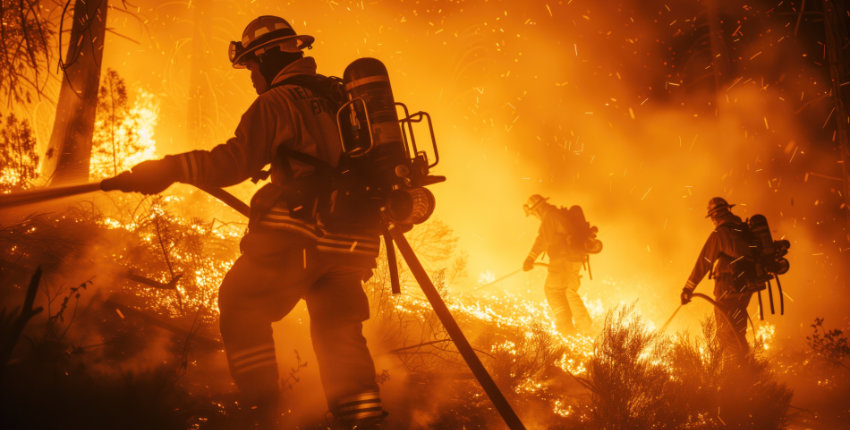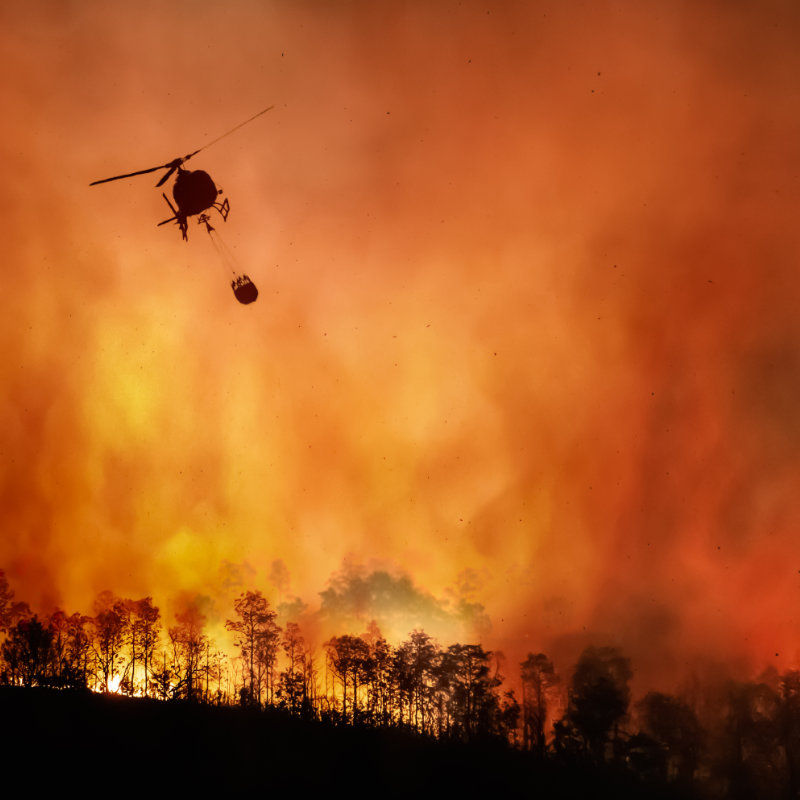
Challenges
Increasingly severe forest fires, increasing water scarcity, climate change and CO2 emissions are challenges for emergency services in modern aerial forest firefighting. New technologies are needed that enable faster extinguishing, lower water consumption, more efficient helicopter operations and safer flights, with better water efficiency and digitally supported firefighting. CAURUS Technologies digitally assisted firefighting technology can complement existing practices, protect lives, save resources, reduce CO2 emissions and increase the cost-effectiveness of operations.
